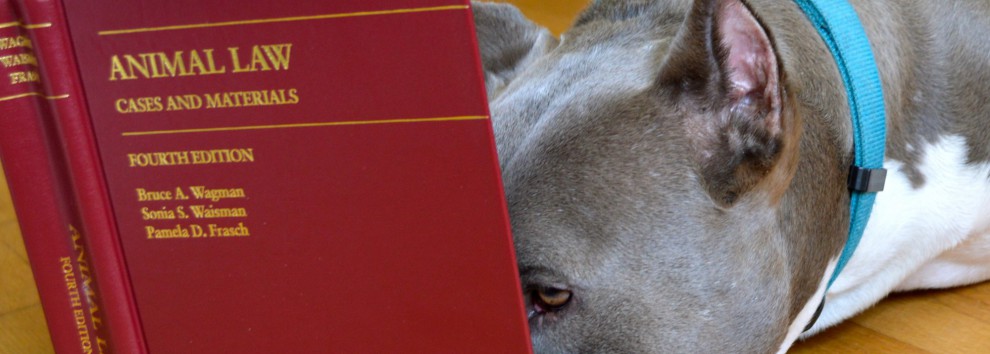3. Humans are physically, biologically superior.
The cheetah, can race up to 75 mph. Grasshoppers can jump 20 times their own body length. Can you run that fast or jump that high?
The Ninja Slug (Ibycus rachelae) can shoot calcium carbonate ‘love-darts’ into potential mates. These darts fortified with hormones specifically designed to get their targets into the mood for love, increasing the chances for successful reproduction.
Opossums were created with a protein called LTNF (Lethal Toxin-Neutralizing Factor). This protein makes them immune to the venom of snakes, bees, and scorpions. As soon as the protein detects the venom within the opossum’s body, it neutralizes the poison.
Flying Snakes are snakes that are able to flatten out their bodies, suck in their stomachs, and make daredevil leaps from treetops in order to travel faster when threatened by predators. They can glide up to 328 feet without wings or even wing-like protrusions.
The Bombardier Beetle separately stores two chemical compounds in his body. When in jeopardy, he pushes both chemicals through separate tubes and into an inner ‘mixing pot’ containing water and catalytic enzymes. This causes a violent chemical reaction: the liquid’s temperature rises almost to the boiling point of water. The hot, potentially fatal substance is then ejected toward the beetle’s target.
The Mimic Octopus can actually impersonate other creatures. Depending on the nature of the attacker, the mimic octopus intelligently decides which predator to impersonate. Mimic octopuses can copy the appearances and behaviors of lionfish, flatfish, jellyfish, stingrays, and shrimp, among others.
The Self-Healing Axolotl is a salamander. It has the healing powers of a superhero. When one of these creatures is injured, coagulation begins immediately, and new cells start to grow. In the case of a missing limb, a layer of skin cells begins to form at the location of the injury and new tissues begin to develop. It just takes a few months to grow a brand new limb. The axolotl can generate new blood vessels, muscle, bone, and nerves. The same regeneration occurs with non-vital organs, and even parts of the brain.

The Immortal Jellyfish (Turritopsis nutricula) is a species of jellyfish that never dies. It is renowned for its ability to continually revert into the undeveloped polyp stage after reaching sexual maturity. It does this through a process called ‘transdifferentiation’. During this process, the jellyfish physically regresses back into the beginnings of a polyp colony, absorbs its own tentacles and bell, then rests on the sea floor and once again starts growing – it reverts into a baby after becoming an adult. It can do this forever – it is the only known creature that is biologically immortal.
In many cases, animals have cognitive and physical abilities superior to humans. Obviously, physical abilities cannot be used to defend speciesism.
4. Animals do not suffer.
A 17th century philosopher, Rene Descartes, argued that animals operated like clocks — intricate machines that have instincts, but do not suffer or feel pain.
According to Merriam-Webster.com, sentience is defined as “feeling or sensation as distinguished from perception and thought.” Webster’s Online Dictionary defines the word as, “state of elementary or undifferentiated consciousness” and “the readiness to perceive sensations.
Most people who have lived with a companion animal would probably disagree with Descartes’ assertions in this area, having observed the animal’s reaction to pain, fear, a “treat”, or a much-loved toy.
Because a dog is capable of suffering, a dog is worthy of our moral consideration. A toaster, on the other hand, is incapable of suffering, and is therefore not worthy of our moral consideration. Although causing damage to the toaster may be morally objectionable, we have no moral duty to the toaster per se. Yet, the laws in place equate a dog to a toaster, a lamp, a cup, a bicycle, etc.
The reason people have legal rights is to prevent unjust suffering. Similarly, the reason animals should have legal rights is to protect them from unjust suffering.
On July 7, 2012, an international panel of neuroscientists at the Francis Crick Memorial Conference on Consciousness in Human and non-Human Animals signed the Cambridge Declaration on Consciousness, which states that animals have consciousness and that humans are not unique in having consciousness.[1]
The Declaration was written by Philip Low, a researcher with dual appointments at Stanford School of Medicine and the MIT Media Lab. The signing was done in the presence of physicist Stephen Hawking, with whom Low is working to develop a device that reads brain waves that would help Hawking communicate better. Hawking suffers from Lou Gehrig’s disease. Low stated, “Stephen was not physically able to sign it, but I read the last two lines of the Declaration on his behalf.”[2]
The main part of the Declaration reads:
The absence of a neocortex does not appear to preclude an organism from experiencing affective states. Convergent evidence indicates that non-human animals have the neuroanatomical, neurochemical, and neurophysiological substrates of conscious states along with the capacity to exhibit intentional behaviors. Consequently, the weight of evidence indicates that humans are not unique in possessing the neurological substrates that generate consciousness. Nonhuman animals, including all mammals and birds, and many other creatures, including octopuses, also possess these neurological substrates.[3]
When the Declaration was read at the conference, Low prefaced the reading by saying:
We all came to this consensus that in fact now was perhaps the time to make a statement for the public, for people who are not neuroscientists but who in fact have an interest in this topic. Because as our tools are evolving very quickly, some of the conclusions we have are changing. Some of the assumptions we have made are being discarded. It might be obvious to everybody in this room that animals have consciousness. It’s not obvious to the rest of the world.[4]
After the signing, Joseph Dial, former executive director of the Mind Science Foundation, stated:
This was a very historic evening. What I observed happening tonight over the dinner was Stephen Hawking with you, Philip, having put this dinner together, is that people finally came to the realization that the way in which we have understood animal consciousness was very primitive and very backward. And everyone tonight said what they’ve always thought, but they’ve said it now and signed it in a declaration for the public and in front of the 60 Minutes camera saying that animal consciousness and human consciousness are of such similarity that we have to ask ourselves how we treat animals and why we treat them the way that we do. It was historic. It was groundbreaking.[5]
The science underlying the Declaration was based on animal experimentation. This was not an animal rights conference. According to the Declaration, magpies, humans, great apes, dolphins and elephants exhibit mirror self-recognition. The kind of consciousness required for decision-making has been observed in many more species, including invertebrates such as insects and octopi.[6] The Declaration makes it unequivocally clear that animals are sentient beings and deserving of moral consideration.
[1] http://www.fcmconference.org
[2] Op.cit.
[3] Op.cit.
[4] Op.cit.
[5] Op.cit.
[6] Op.cit.
















